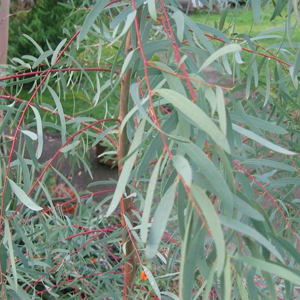Beetroot Home remedies-Beetroot Health Benefits
BEETROOT BEETROOT USED FOR ACNE Antioxidant-rich: Beetroot is loaded with antioxidants like vitamin C, which…

Global warming and the ozone depletion are increasing rapidly and if the same trend continues for some more years that earth will automatically become a vacuum land.
Though millions of people are interested to plant trees they do not have proper resource or seeds to sow on the vacant land which is an agony.
So the people have to rise up to the occasion and start growing few plants and trees in their homes. The forestry or agricultural authorities should disseminate the knowledge about the importance of planting trees to children.
This topic will deal with a plant named peppermint gum leaves which is also called broad leaved peppermint which is native to southern eastern Australia. The botanical name of this menthol plant is Eucalyptus radiata.
This menthol small tree is found in sclerophyll woodlands and forests of Australia. The aromatic young leaves are ovate and older ones are laceolate. The other common name of Eucalyptus dives which comes under Myrtaceae family is ct piperitone.